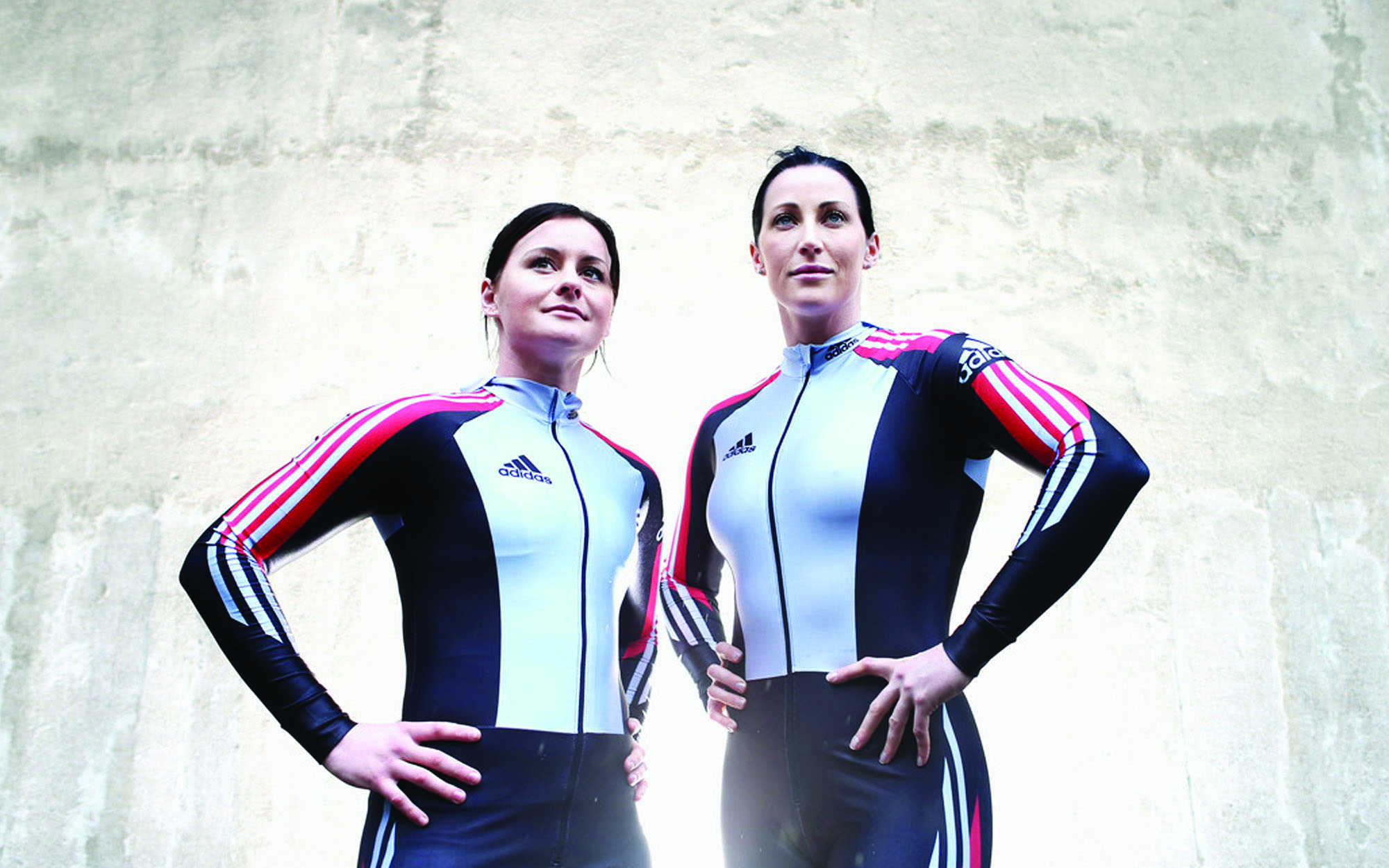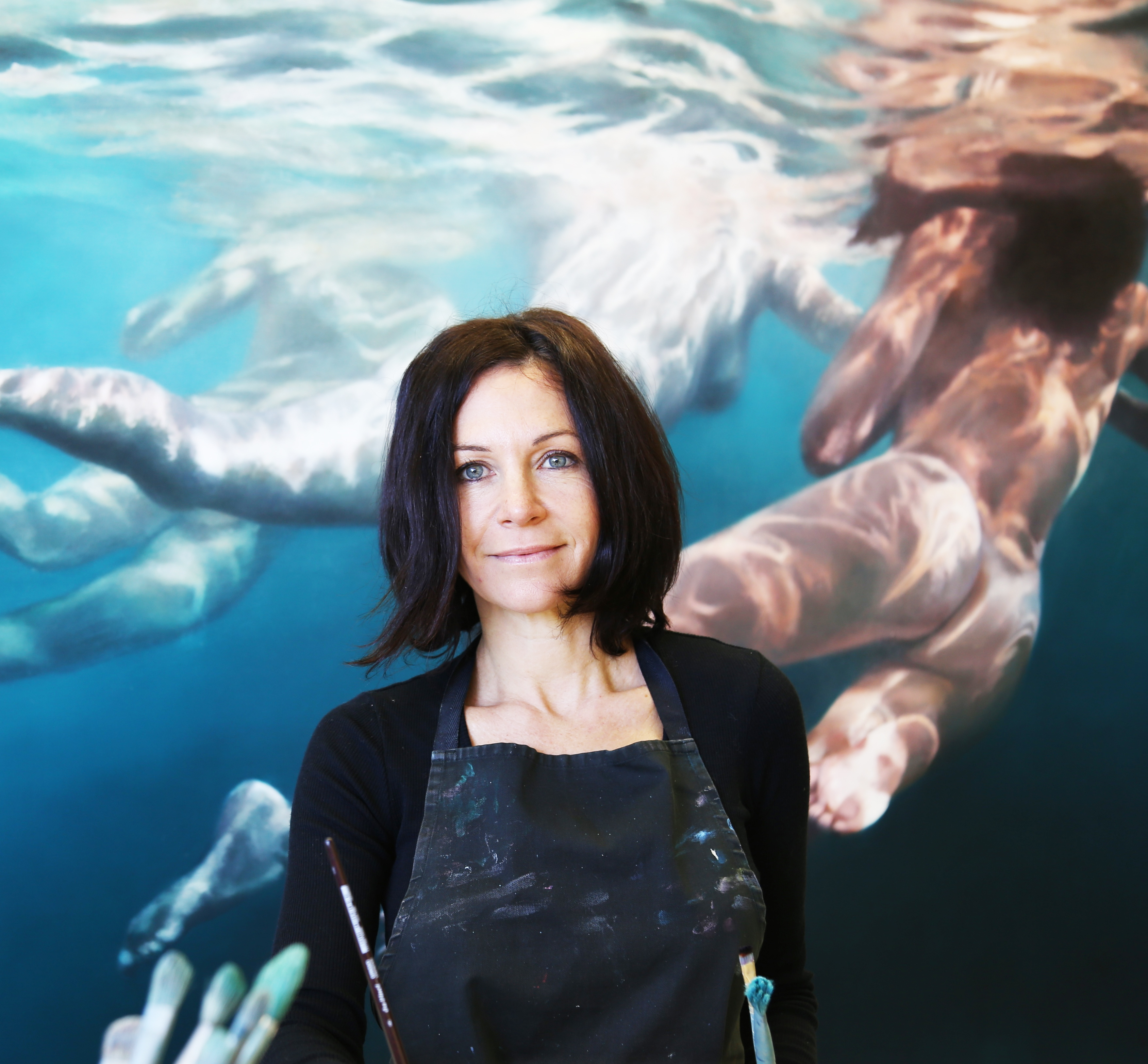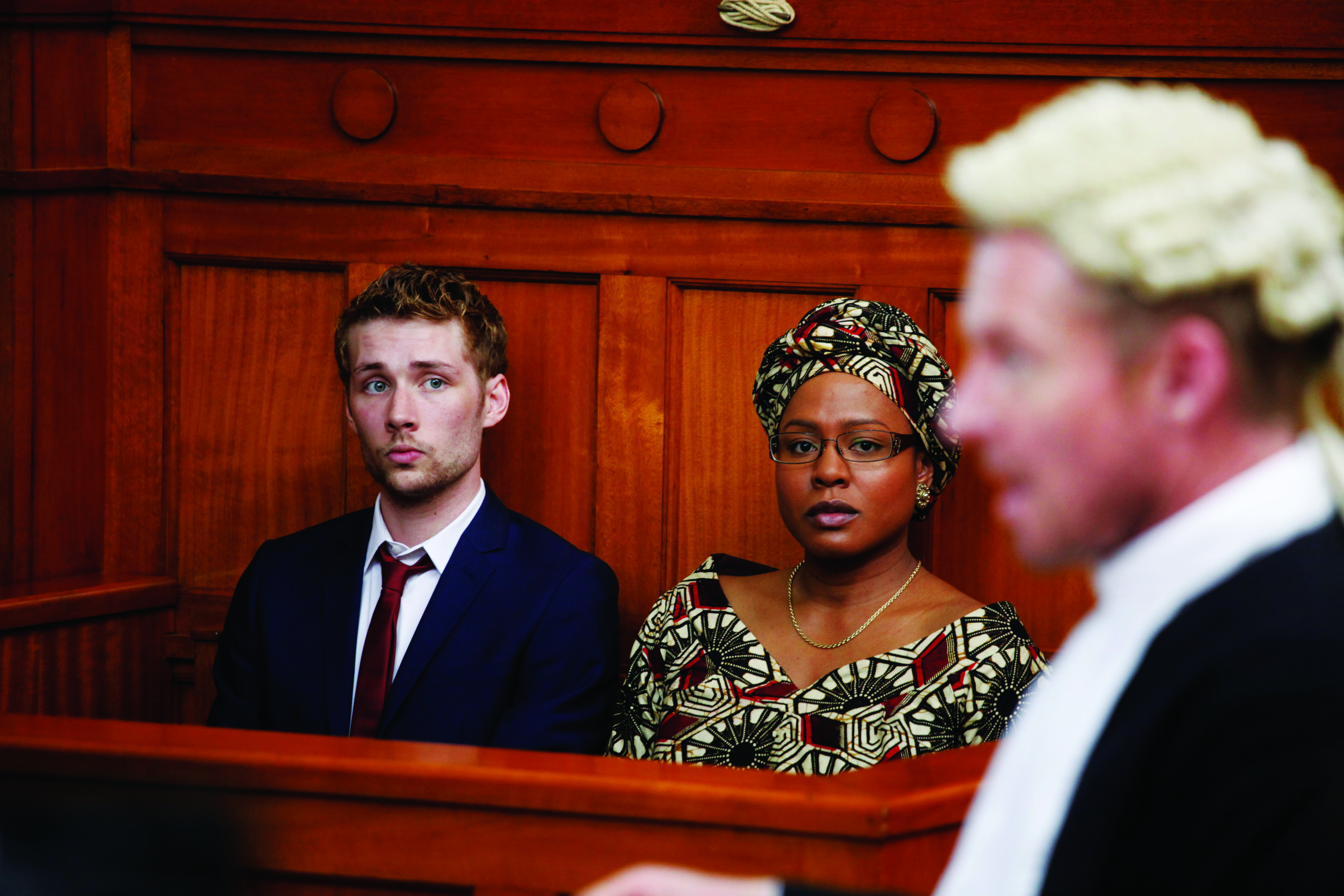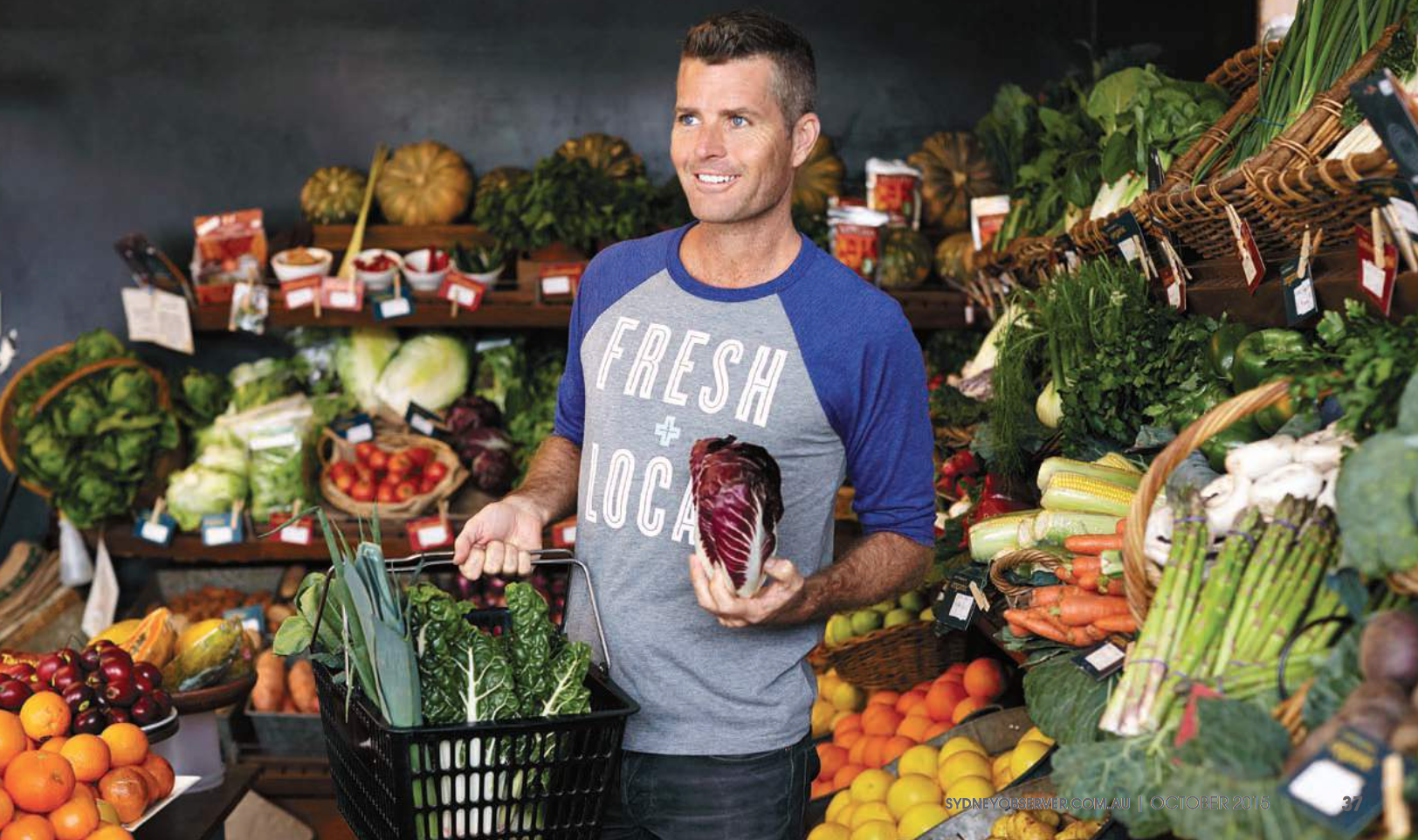Bobsleigh star Astrid Radjenovic talks about landing the dream run at the 2014 Sochi Winter Olympic Games.
On February 18 world class teams will hit the bobsleigh track in Sochi, Russia for a shot at Olympic glory. Northern Sydney girl Astrid Radjenovic and her team mate Jana Pittman will be lining up alongside the bobsleigh track with the best of them and Sydney Observer got the run down on what it’s like to take the plunge down the icy course.
With no track coach, no home circuit and nowhere near the financial backing that teams like the USA and Germany get, it seems the two local girls are facing off against an insurmountable challenge. But with a new $20,000 sled (paid for through a public appeal) and the gritty determination that saw the team take seventh place at a world contest last year, Radjenovic, the team’s pilot, will be measuring up the icy track that could lead her and Pittman to victory.
Known as the “Formula One on ice”, the bobsleigh is one of the highest profile sports at the Winter Olympics. Descending down a mountain steering a sled through a twisting, narrow track hitting sharp turns at the mind-altering speed of 130km/h is undoubtedly a rush that would curdle the blood of any hardened thrill seeker. But for Radjenovic, shooting down the bobsleigh track is as peaceful as it is sensational.
You’re looking at your third Winter Olympics, do you feel more prepared and experienced this time?
I have definitely had a much better preparation and lead up this time than for any other games. However, saying that, the field in women’s bobsleigh is stronger than ever so it never gets easier! Being the smallest nation in the world cup field with the least funding and support, every year is a battle to just be here competing, but I am definitely feeling happy with what I have done over the last four years since Vancouver.
What sacrifices do you have to make to ensure you’re prepared for a Winter Olympics and how grueling is your training regime?
Bobsleigh training is all power-based, so it does take a toll on the body to be constantly lifting heavy weights, doing jumps and throws, pushing a heavy sled and sprinting – all at a heavier bodyweight than is natural for me. The last month of racing here was the first time ever I’ve had a physiotherapist travel with our team, so that has made a huge difference with backing up each week. Before that it was hard to get out of bed every morning!
What do you enjoy most about your sport and what do you find most challenging?
The one minute, twice a day that I’m actually going down the bobsleigh track is the most peaceful and enjoyable part of my sport. For that one minute I’m not having to think about logistics, flights, accommodation, equipment, managing the team, cooking dinner or training. The most challenging part is having to manage the team. It’s a huge job and not fun when you are trying to perform as an athlete.
Is it difficult having to travel so often for training?
As much as spending five months a year overseas is enjoyable and a great experience, it also takes a toll on family, social life and your career. After Sochi I intend to make up for the last 11 years and try and spend more time with my family. It’s also a drag sometimes to have to pack up your suitcase, bobsleigh and tools every week and drive to the next venue, it’s draining!
What were the benefits, or disadvantages, of growing up so far away from decent snowfields?
The main problem is access to a bobsleigh track. Not having your own home track can make things harder and more expensive, to always be paying to take runs overseas on the tracks. Luckily the German Bobsleigh Federation has helped me out in the last 3 years and let me train together with their program.
What are your goals for the 2014 Olympics?
With the field so competitive this year, we will have to be happy with a top 12 result, if we make it. The first 17 teams in the field are all strong, so really we can only do our best and be proud that with such a disadvantage we have been competitive against all big nations in winter sports.
To date, what has been your biggest achievement?
Being here every season! Three Olympics in a non-funded winter sport is a huge task, and every time I step on the start block I feel lucky that I’ve persisted so long in making the team happen. I am also proud that I’ve gone almost every season (eight now) with no track coach and still feel that I drive a bobsleigh as good as the top pilots in the field.
You grew up in Northern Sydney and went to school in Wahroonga, do you still live in the area?
I lived in northern Sydney for 24 years. I love the place and have really missed it since I left six years ago. I’m currently living in Brisbane to stay close to my parents who have retired on the Gold Coast, but I hope to move back to the northern suburbs of Sydney eventually!
How did your upbringing influence your sporting career – did you always want to be an Olympian?
I was always sports mad and sport has taken my attention day in and day out since I was six years old. I lived right next to a soccer club and always had great encouragement and support to pursue being an athlete, from both my parents and the local schools and clubs. I always loved the Olympics and having an opportunity to take up a winter sport was something I jumped at, as I love travelling and trying new and dangerous things!
Who inspires you and what would you say to children who dream of following in your footsteps?
I generally took inspiration from anyone who worked hard to achieve a goal. After 11 years on and off in bobsleigh I now understand how important it is to “follow a dream” and what that means. No matter the odds, if you keep at it for long enough you can find your way to your dream.












